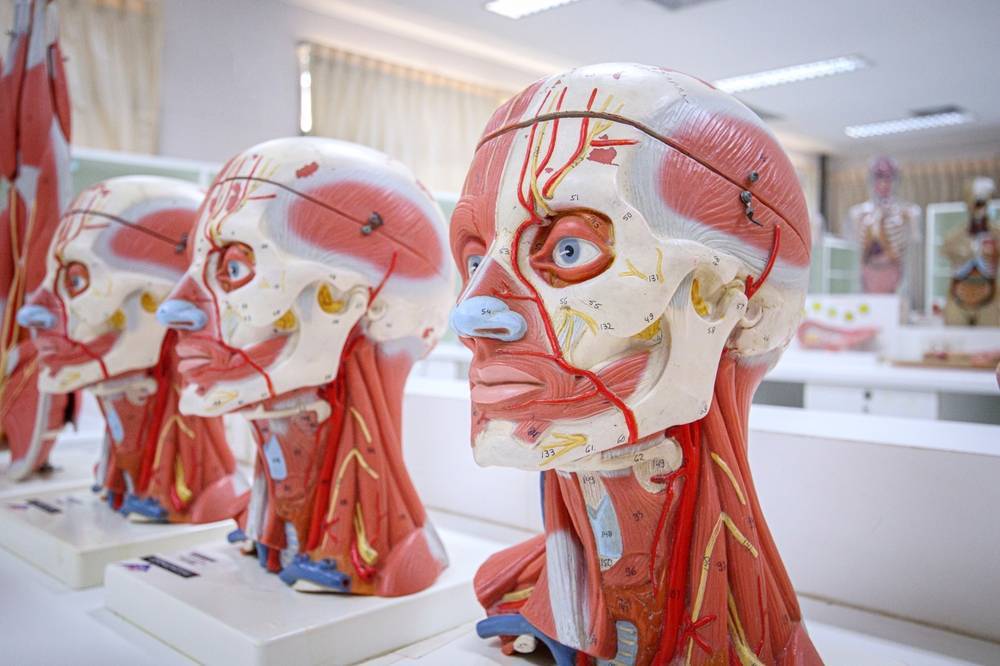Emerging Trends in Brain Stimulation
Recent advancements in brain stimulation for depression mark a significant shift in treatment modalities. Non-invasive techniques are gaining traction, offering new hope for those suffering from this debilitating condition.
Understanding the Basics of Brain Stimulation
Understanding the basics of brain stimulation, particularly in the context of treating depression, involves exploring the concept of neural modulation. This process entails altering the electrical and chemical activities within the brain to adjust the function of neural circuits implicated in depression. By targeting these circuits, it’s possible to influence mood and cognitive processes, potentially providing relief from depressive symptoms.
The scientific foundation for using brain stimulation in treating depression stems from the understanding that depression is often linked with altered neural circuits in the brain. For instance, research has highlighted that disrupted connectivity in brain networks associated with mood regulation is a characteristic of depression. Techniques like Transcranial Magnetic Stimulation (TMS) and Transcranial Direct Current Stimulation (tDCS) are designed to target these specific networks.
A study published in the American Journal of Psychiatry in 2021 elaborates on this concept. It discusses the history and current state of neuromodulation for psychiatric illness, focusing particularly on depression. The study emphasises that psychiatric dysfunction typically results from abnormal communication within a network of brain regions regulating mood, thought, and behaviour. This paradigm has gained increased attention over recent years, especially with technological advances allowing for a better understanding and modulation of neural circuitry involved in psychiatric disorders.
TMS and tDCS: A Closer Look
Transcranial Magnetic Stimulation (TMS) and Transcranial Direct Current Stimulation (tDCS) are two non-invasive brain stimulation techniques increasingly recognized for their potential in treating depression, particularly in cases where traditional medications have proven ineffective.
TMS in Depression Treatment
TMS uses magnetic fields to induce small electrical currents in targeted brain areas. It has gained significant traction in the clinical treatment of depression. According to a consensus report published in the Journal of Clinical Psychiatry, multiple randomised controlled trials and extensive literature have supported the safety and efficacy of TMS as an antidepressant therapy. The report provides comprehensive recommendations for the safe and effective clinical application of TMS in treating Major Depressive Disorder (MDD).
Further research underscores the efficacy of TMS in treating symptoms of depression. A systematic review and meta-analysis of 208 randomised controlled trials found that active TMS was significantly superior to sham (placebo-like procedure) for the treatment of symptoms of depression. However, it’s important to note that while TMS is acknowledged for its role in treating depression, there is almost no evidence for its efficacy in relapse prevention in depressive disorder. Thus, its use is generally not recommended for maintenance treatment or to prevent relapses.
tDCS in Depression Treatment
tDCS, on the other hand, applies direct electrical currents to modulate neuronal activity. A comprehensive review of tDCS treatments for depression revealed that this method has emerged as a promising new treatment for major depression.
However, a systematic review and individual patient data meta-analysis found that while tDCS has antidepressant effects, it did not show cognitive benefits independent of mood effects in patients with major depressive disorder. The treatment was also associated with a reduced practice effect for processing speed.
Clinical Implications and Limitations
Both TMS and tDCS offer significant advantages in treating depression, especially in cases resistant to conventional treatments. However, their effectiveness can vary, and they are not without limitations. For instance, the use of TMS is not advised in certain conditions, such as a history of epilepsy, severe heart disease, or the presence of any surgically placed ferromagnetic materials like a cochlear implant or cardiac pacemaker.
Comparative Effectiveness of TMS and tDCS in Treating Depression
When comparing TMS and tDCS, both have shown efficacy in treating depression, but their effectiveness varies. TMS has a higher response rate in patients with treatment-resistant depression compared to tDCS. TMS directly stimulates deeper brain regions, potentially accounting for its enhanced effectiveness in certain patients.
Duration and Stability of Effects
Regarding the duration of effects, TMS often requires a series of treatments to achieve sustained benefits. In contrast, the effects of tDCS may be more variable.
Interestingly, the severity of depression might influence the choice of treatment. TMS is recommended for severe, treatment-resistant cases. Meanwhile, tDCS, being milder, may be more suitable for less severe cases or as a supplementary treatment.
Patient experiences with brain stimulation therapies highlight significant improvements in daily life. Patients undergoing TMS experienced enhanced mood stability, improved concentration, and greater motivation. These improvements translate into better work performance and improved interpersonal relationships.
Psychological and Emotional Benefits
The emotional benefits of these treatments are noteworthy. Patients frequently report a reduction in the pervasive feelings of sadness and hopelessness characteristic of depression. For many, this marks a turning point in their battle with the disorder.
The overarching impact of TMS and tDCS on patients’ quality of life is positive. While individual experiences vary, the majority of patients report a noticeable improvement in their overall wellbeing. This is particularly significant for those who have not responded to traditional antidepressants, underscoring the importance of these treatments in comprehensive depression care.
References
- Conroy, S. K., & Holtzheimer, P. E. (2021, December 1). Neuromodulation Strategies for the Treatment of Depression. American Journal of Psychiatry. https://doi.org/10.1176/appi.ajp.2021.21101034
- Ressler, K. J., & Mayberg, H. S. (2007, August 28). Targeting abnormal neural circuits in mood and anxiety disorders: from the laboratory to the clinic. Nature Neuroscience. https://doi.org/10.1038/nn1944
- Hardy, S., Bastick, L., O’Neill-Kerr, A., Sabesan, P., Lankappa, S., & Palaniyappan, L. (2016, November 1). Transcranial magnetic stimulation in clinical practice. BJPsych Advances. https://doi.org/10.1192/apt.bp.115.015206
- Martin, D., Moffa, A. H., Nikolin, S., Bennabi, D., Brunoni, A. R., Flannery, W., Haffen, E., McClintock, S. M., Moreno, M. A., Padberg, F., Palm, U., & Loo, C. (2018, July 1). Cognitive effects of transcranial direct current stimulation treatment in patients with major depressive disorder: An individual patient data meta-analysis of randomised, sham-controlled trials. Neuroscience & Biobehavioral Reviews. https://doi.org/10.1016/j.neubiorev.2018.04.008
- Palm, U., Hasan, A., Strube, W., & Padberg, F. (2016, February 3). tDCS for the treatment of depression: a comprehensive review. European Archives of Psychiatry and Clinical Neuroscience. https://doi.org/10.1007/s00406-016-0674-9
- Hardy, S., Bastick, L., O’Neill-Kerr, A., Sabesan, P., Lankappa, S., & Palaniyappan, L. (2016, November 1). Transcranial magnetic stimulation in clinical practice. BJPsych Advances. https://doi.org/10.1192/apt.bp.115.015206












